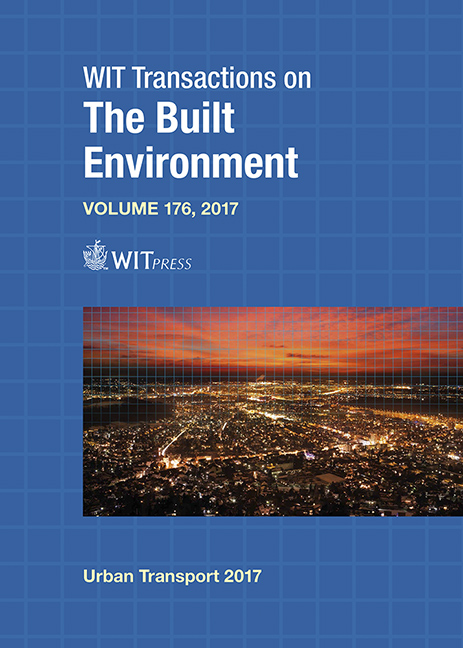CITY–PORT RELATIONSHIPS IN MALAGA, SPAIN: EFFECTS OF THE NEW PORT PROPOSALS ON URBAN TRAFFIC
Price
Free (open access)
Transaction
Volume
176
Pages
12
Page Range
45 - 56
Published
2017
Size
805 kb
Paper DOI
10.2495/UT170051
Copyright
WIT Press
Author(s)
ALEJANDRO L. GRINDLAY, SERGIO MARTÍNEZ-HORNOS
Abstract
Traditionally, one of the most significant difficulties of the port-city relationship has been the issue of urban traffic hampering port operations and vice versa. The case of Malaga (Spain) is very special, given that its port, for historical reasons, is in close proximity to its urban centre. Port expansion towards deeper waters and its inherent increase in traffic flows has served to exacerbate the above problems. Thus, an ambitious project has been proposed to enable the transformation of underused port areas adjacent to the city for urban activities. Given the urban proximity, some areas of the port were required for urban integration as outlined in an agreement between the municipal and port authorities that was drafted in an urban plan revisited and modified in 2003. The subsequent transformation of wharves one and two has been very successful. However, in the current port development, there is vacant space alongside the new eastern dock, on which a maritime station for cruise ships has been installed. It is now proposed to enlarge this for 10,000 cruise passengers, and to create an area for a small marina and other facilities. This proposal also includes provision for a new 350-room hotel, in a remarkable tower building, and an aquarium. In order to evaluate the pressure of the new mobility flows that will be associated with the planned developments, a study of traffic and mobility has been carried out, analyzing, simulating, predicting and evaluating the degree of effects generated. The methodology, results and conclusions of this study are presented, as well as the measures and proposals for sustainable traffic management with regard to the new demands of the expected mobility flows. In conclusion, these flows can be perfectly accommodated by the road network in the new scenarios, generating an adequate and satisfactory relationship between port commercial activities and urban requirements.
Keywords
port-city relationships, urban traffic, port demands, traffic evaluation, Malaga, Spain





